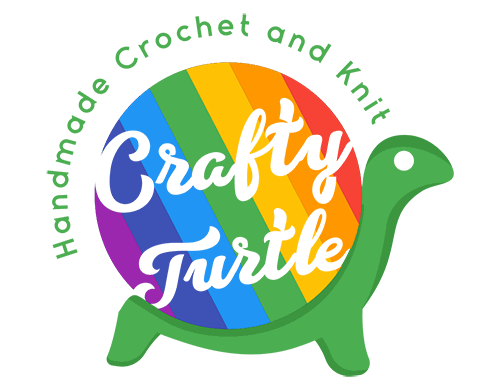Crafting has been a beloved pastime for centuries, offering a creative outlet for individuals to express their artistry and create unique and functional items. Two popular techniques that have stood the test of time are crochet and knitting. While they share similarities in terms of producing beautiful fabric using yarn, crochet and knit differ in various ways. In this blog post, we will unravel the dissimilarities between crochet and knit, allowing you to discover which technique aligns better with your interests and preferences.
1. Tools and Materials:
One of the primary distinctions between crochet and knit lies in the tools and materials used. Crochet employs a single hook, often made of steel, plastic, or wood. This versatile tool is used to create loops and stitches, making it easier to manipulate the yarn. On the other hand, knitting employs two needles, typically made of metal, bamboo, or plastic. The needles allow you to work with multiple stitches simultaneously, offering more intricate stitch patterns. Additionally, knitting can also be done using machines, enabling larger-scale production.
2. Stitching Techniques:
The fundamental difference between crochet and knitting is the stitching technique. In crochet, each stitch is worked individually, creating a fabric with a distinct texture. The stitches in crochet can vary in height, resulting in a more pronounced and textured appearance. Conversely, knitting involves working with an entire row of stitches at a time. The stitches are interlocked and can be easily manipulated to create various patterns, giving the fabric a smooth and uniform look. Machine knitting mimics this interlocking technique, enabling the production of larger and more complex pieces.
3. Complexity and Versatility:
When it comes to complexity, crochet is often considered easier for beginners due to its basic stitches and single hook. The simplicity of crochet makes it ideal for producing sturdy, three-dimensional items such as blankets, hats, and amigurumi. On the other hand, knitting can be slightly more intricate, as it requires managing multiple stitches and using two needles simultaneously. Knitting is known for its versatility, allowing for intricate stitch patterns, delicate lacework, and drapey fabrics like scarves, sweaters, and shawls. Machine knitting, with its automated process, can efficiently reproduce complex stitch patterns and create intricate designs.
4. Speed and Efficiency:
In terms of speed, crochet tends to be faster than hand knitting. The single hook used in crochet enables larger stitches and quicker progress. Crocheted items often have a denser texture and are thicker than knitted items. However, knitting can be more efficient when it comes to creating fabric with drape and stretch, making it an excellent choice for garments. Machine knitting, due to its automated nature, can produce even faster results, making it ideal for large-scale production.
5. Repair and Mistake Correction:
Another significant difference lies in repairing mistakes. Crochet stitches are relatively easy to unravel and fix, as each stitch is independent. It is simple to spot errors and correct them without unraveling the entire piece. Conversely, knitting can be trickier to fix, especially if the mistake occurred a few rows back. Fixing knitting errors often involves carefully undoing several rows to reach the mistake and then re-knitting the affected section. Machine knitting, while efficient, may require more extensive intervention to rectify mistakes in the fabric.
Both crochet and knitting offer unique experiences in the world of fiber arts, allowing crafters to explore their creativity and produce beautiful handmade items. While crochet uses a single hook and individual stitches, knitting employs two needles and involves working with an entire row of stitches simultaneously. Crochet offers simplicity, speed, and versatility, making it ideal for beginners and creating textured items. Knitting, whether done by hand or through a machine, provides opportunities for intricate stitch patterns, delicate fabrics, and larger-scale production.
In addition to the distinctions mentioned above, it’s worth noting that knitting can be accomplished using a machine, whereas crochet is predominantly a handcrafted technique. Machine knitting allows for the creation of larger and more intricate pieces in a shorter amount of time, making it an efficient option for mass production. Knitting machines are equipped with multiple needles that can quickly manipulate yarn to form stitches, replicating the actions of hand knitting on a larger scale.
On the other hand, crochet remains a craft predominantly carried out by hand. The intricate nature of crochet stitches and the individual manipulation of loops make it challenging to replicate through a machine. This aspect contributes to the unique charm and artistry associated with crocheted items. Crochet enthusiasts often find joy in the rhythmic motions of hook and yarn, relishing the meditative and tactile experience that cannot be replicated by a machine.
Whether you choose to pursue knitting by hand or opt for the efficiency of machine knitting, both methods offer distinct advantages and creative possibilities. Crochet, with its exclusive handcrafted appeal, continues to captivate artisans seeking a more hands-on and personalized experience in the world of fiber arts. Knitting, whether done by hand or through a machine, opens doors to larger-scale production and intricate designs. Whichever path you choose, let your imagination and passion guide you as you embark on your fiber art journey.


